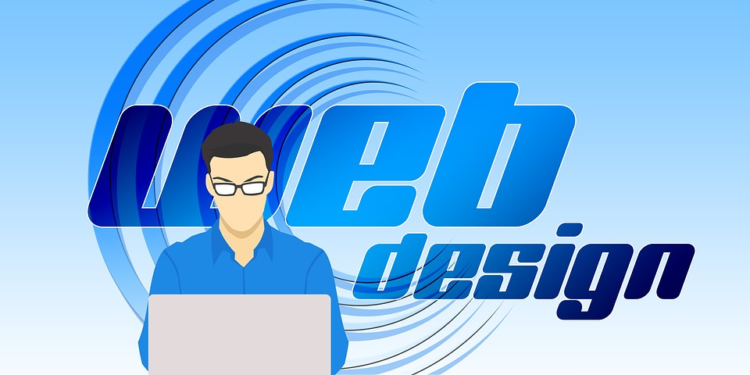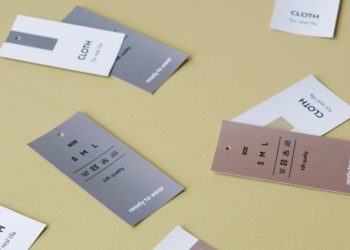Capturing a user’s attention and keeping them engaged is crucial. This is where animation comes in as a powerful tool for web design. When used strategically, animations for websites can transform a static site into a dynamic and interactive experience. Let’s learn more about web animation, exploring its benefits, various techniques, and essential tips for successful implementation.
Why Use Animation in Web Design?
There are numerous reasons to incorporate animation into your web design strategy. Here are some key benefits:
- Enhanced User Experience (UX): Animations can guide users through your website, highlight important elements, and provide feedback on interactions. This creates a smoother and more intuitive user experience.
- Increased Engagement: Well-crafted animations can grab attention, spark curiosity, and keep visitors interested in exploring your website for longer.
- Improved Brand Storytelling: Animations can be a powerful tool for storytelling, allowing you to convey your brand message in a creative and memorable way.
- Boosted Conversions: The strategic use of web design animation can draw attention to calls to action (CTAs), ultimately leading to increased conversions.
By leveraging animations effectively, you can create a more dynamic and compelling online presence that captivates visitors and drives meaningful interactions.
Popular Web Animation Techniques
The world of web animation offers a diverse range of techniques to suit your design needs. Here’s a look at some of the most popular options:
- CSS Animations: CSS animations are lightweight and efficient, making them ideal for simple transitions, hover website animation effects and subtle movements. They are widely supported by modern browsers and require minimal coding knowledge.
- JavaScript Animations: JavaScript offers greater flexibility and control compared to CSS animations. It allows for complex interactions, user-driven animations, and integration with other web technologies. Libraries like GSAP and Anime.js further enhance animation capabilities with JavaScript.
- SVG Animations: Scalable Vector Graphics (SVG) motions are lightweight and scalable, making them perfect for responsive web design. They allow for smooth and crisp animations that adapt to different screen sizes.
- Canvas Animations: Canvas web design animations offer the most control over animation creation. They involve manipulating pixels directly on the canvas element, enabling highly customized and interactive animations.
- GIFs: While not technically true animation on a website, GIFs can be a simple and effective way to add movement to your website. However, they can be larger in file size and may not be ideal for complex animations.
By using the best websites for animation and incorporating animation thoughtfully and strategically, you can elevate your website’s design and effectively communicate your brand message to visitors.

Essential Tips for Successful Web Animation
Integrating animation into your web design requires careful planning and execution. Here are some key tips to ensure successful implementation:
- Define Your Goals: Before creating any animation, clearly define your objectives. What do you want the animation to achieve? Does it aim to guide users, highlight a CTA, or simply add a touch of personality?
- Prioritize User Experience: Animations should enhance the user experience, not hinder it. Avoid overwhelming users with excessive animations or those that take too long to load.
- Maintain Performance: Large or complex animations can slow down your website’s loading speed. Optimize file sizes, leverage animation libraries efficiently, and consider lazy loading techniques to ensure smooth performance.
- Accessibility Matters: Ensure your web page animations are accessible to users with disabilities. Provide alternative text descriptions for animated elements and consider offering ways to pause or disable animations.
- Keep it Simple: Often, less is more. Start with simple and clear animations that effectively communicate your message. Complex animations can be distracting and take away from the user experience.
- Match Your Brand Identity: The style and tone of your animations should align with your overall brand identity. Use colors, shapes, and movements that resonate with your brand voice.
- Test Thoroughly: Test your animation for websites across different devices and browsers to ensure they function correctly and display as intended.
Animated website design can be a powerful tool to elevate user experience. By following these tips and best practices, you can create animations that are not only visually appealing but also functional and contribute to your website’s overall goals. Remember, animation should be used strategically and thoughtfully to make your website stand out and leave a lasting impression on your visitors.













































































